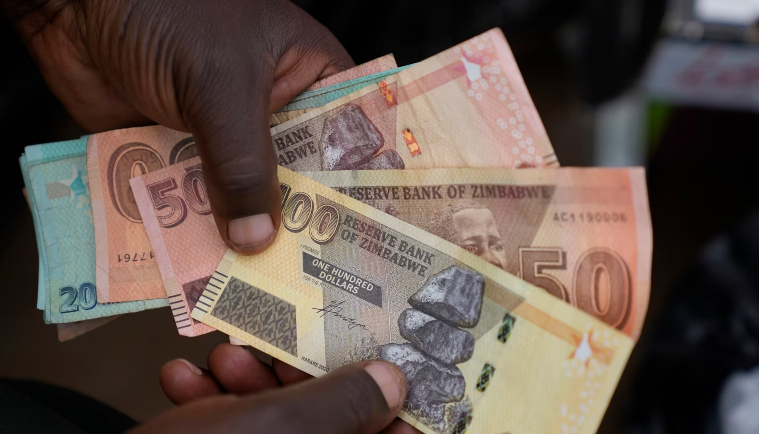On the 17th of February 2009, the then Minister of Finance, formally declared the event and announced that we could use any one of 6 international and regional currencies for transactions – the USD, UK Pound, Rand, Pula, Yen and Yuan.
In two months, the Rand and the US dollar fought for supremacy but in 6 months the US dollar was king. It has remained so since then.
During the GNU from 2009 to 2013, in four short years, our economy recovered with State revenues increasing from US$280 million in 2008 to US$4.3 billion in 2013.
Inflation vanished and there was ample US dollar currency for market transactions. How that was achieved is still a mystery. How we filled our market shelves in 2009 also remains a mystery. The budget was based famously on ‘we eat what we kill’, a cash budget.
Then in 2014 the old regime took charge and the madness resumed. The fiscal deficit spun out of control, the Reserve Bank began printing money again and by 2017 we had $23 billion US dollars in our bank accounts.
Only the stuff was not USD – it was an electronically manufactured substitute without any backing. It was air. We were a country flying across regional history in a hot air balloon, with limited stocks of gas to keep us afloat.
In November 2017, we woke up to see General S B Moyo on national television saying that President Mugabe was stepping down and a regime change was under way ‘assisted’ by the army. That Friday I sat in Parliament and watched as his resignation was read out to his formally ardent faithful followers. After 37 years the Mugabe era came to an end. (Mugabe resigned on 21 November 201 which was a Tuesday).
The next 8 months did not bring much change – we were still in transition but after the election in 2018, the new government got down to putting their house in order.
As in 1980, the President brought in an economist from the Diaspora and gave him a clear mandate, ‘Get us back on track economically.’ Not easily done; we had a 40 per cent fiscal deficit, 97 per cent of all revenue went to the Civil Service and there was that hot air balloon that threatened to crash at any time.
In the first two and a half years, the new government brought the economy under control – budget discipline was re-established, salaries brought down to 35 percent of revenue and the new minister announced that what we had in our bank accounts was ‘RTGS dollars’ and bore no relation to US dollars. He carefully separated the former from the latter and floated the exchange rate.
The hot air balloon came down slowly at first and then in a rush but landed without actually killing anyone. On the ground we found that about a 12 percent of the real dollars left in our accounts – 88 per cent shrinkage. Then we introduced the auction as a substitute for a real market for hard currency and after a slow start we stabilised the exchange rate and were meeting demand.
Continued next page
(291 VIEWS)



Write a comment * I have very little respect for your ‘Mpondo’ nostalgia which leaves the subtleties and peculiarities economic situation largely unstated. You seem to be in denial about how the systemic shadows of intergenerational geopolitics continue to shade our circumstances. You sadly still believe that a floated currency is best because the ‘market’ is apolitical, no, anti-political. You need to cure yourself of positivist delusions, sir.
Pingback: 5 steps Zimbabwe has to take to make the Zimbabwe dollar its sole currency | The Insider
Pingback: Chamisa says he would rather talk with ZANU-PF than its puppets | The Insider
Pingback: Zimbabwe extends use of US dollar to 2030 | The Insider